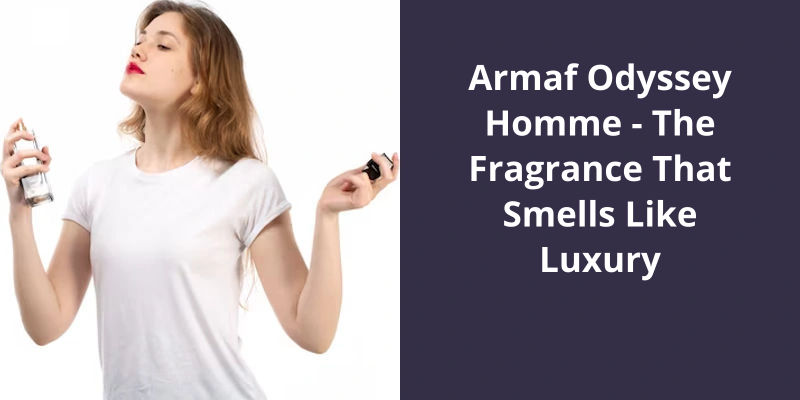For centuries, lichens such as Evernia have been used in perfumery to create unique, complex scents that evoke a sense of mystery and allure. As one of the key components in many of the world's most popular fragrances, Evernia's musky and woody notes add depth and character to a wide range of perfumes and colognes. Whether it's the unmistakable aroma of oakmoss in classic men's fragrances or the subtle hints of Evernia in high-end women's perfume, this lichen has become an essential ingredient in the world of fine fragrance. But beyond it’s use in perfumery, Evernia also has a rich history as a medicinal herb, with numerous health benefits that have been recognized by traditional healers for centuries.

What Are the Uses of Evernia?
Additionally, Evernia prunastri has been used traditionally in perfumes and fragrances due to it’s strong, woody scent. It’s aromatic properties make it a valuable addition to many different types of fragrances, including colognes, soaps, and candles.
It contains a variety of compounds that have been shown to have antibacterial and anti-inflammatory properties, making it useful in the treatment of skin conditions such as eczema and acne. Some studies have also suggested that Evernia prunastri may have potential as a treatment for cancer due to it’s ability to induce cell death in certain types of cancer cells.
In some cultures, Evernia prunastri has also been used in spiritual and religious practices. It’s said to have a grounding and calming effect on the mind and spirit, making it useful in meditation and prayer. It’s also believed to have protective properties, and is often included in rituals meant to ward off negative energies and entities.
Despite it’s many uses, Evernia prunastri can also be toxic in large amounts. It contains a chemical called usnic acid, which can cause liver damage and other health problems if ingested in large quantities.
Traditional Medicinal Uses of Evernia in Different Parts of the World
- Evernia prunastri has been used in traditional medicine by indigenous communities in Europe to treat respiratory conditions such as bronchitis and asthma.
- In South America, Evernia divaricata has been used for wound healing and as an antiseptic.
- In Asia, Evernia furfuracea has been used for it’s anti-inflammatory and antimicrobial properties in traditional Chinese and Ayurvedic medicine.
- Evernia mesomorpha has been used in North America by indigenous communities as a remedy for fever and sore throat.
- Some indigenous tribes in Africa have used Evernia prunastri as a treatment for stomach problems and as a general tonic.
- Evernia prunastri has also been used in New Zealand as a poultice for treating burns and skin disorders.
- Throughout history, evernia species have been used in various cultures for their medicinal properties, including as an astringent, expectorant, and antitussive agent.
The use of natural ingredients in fragrances has become increasingly popular in recent years. One such ingredient is Evernia prunastri extract, also known as oakmoss. This lichen has been used for centuries to provide musky and woody scents in perfumes. French perfume houses have made it an iconic ingredient in some of their most beloved fragrances. So, what’s Evernia prunastri extract and why is it so popular in the perfume industry? Let’s take a closer look.
What Is Evernia Prunastri Extract?
Evernia prunastri extract has a long history as a staple ingredient in perfumery, tracing it’s roots back to ancient times. It’s use in perfumery gained notoriety during the Renaissance when it was discovered that the extract from the lichen produced a unique fragrance profile that was both musky and woody.
The extract is obtained through various extraction methods, including solvent extraction or steam distillation to produce a thick, sticky resin. The resin is then refined to produce a highly concentrated extract that’s a deep green color, giving oakmoss it’s characteristic earthy aroma.
The extract is highly sought after in the perfume industry because it’s the ability to create complexity in fragrances, allowing perfumers to create deeper and more complex scent profiles. It also enhances the longevity of fragrances, making them last longer on the skin.
However, despite it’s popularity, there’s a downside to using Evernia prunastri extract. In recent years, there have been concerns raised about the potential hazards of oakmoss as it contains atranorin and chloratranorin, which can cause skin sensitization and allergies. In response to these concerns, the European Union has placed restrictions on the use of oakmoss in fragrances, limiting the amount of extract that can be used in products.
Despite the safety concerns, there’s no denying that oakmoss is a timeless and important ingredient in perfumery, and it’s legacy will continue to endure for years to come.
The History of Oakmoss Extract Use in Perfumery and Other Industries
Oakmoss extract is a substance that’s been used in perfumery and other industries for centuries. It’s use can be traced back to ancient times, when it was used for it’s strong earthy scent. In modern times, oakmoss extract is still widely used in perfumes, soaps, and other fragranced products. Despite concerns over it’s potential allergenic properties, oakmoss extract remains a popular ingredient thanks to it’s unique and complex fragrance profile.
Conclusion
In conclusion, the use of evernia in the fragrance industry isn’t only important for creating iconic scents but also for preserving the traditional methods of perfume making. The musky and woody aroma that this lichen provides is unique and has been used by French perfume houses for centuries. The world of perfumery owes a debt of gratitude to the humble evernia for it’s contribution to the creation of some of the most recognizable fragrances of our time.





